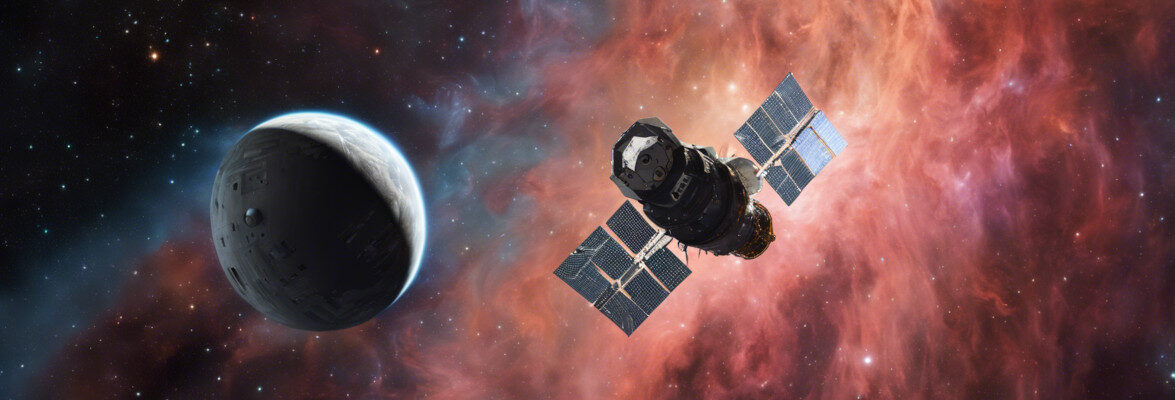
An article published in “The Astrophysical Journal” reports a study on the star Betelgeuse’s dimming that occurred between the end of 2019 and the first quarter of 2020 that had suggested that its supernova explosion was imminent. A team of researchers led by Andrea Dupree of the Center for Astrophysics at Harvard and Smithsonian used the Hubble Space Telescope with ultraviolet observations to find traces of a gigantic mass of hot plasma that rose from Betelgeuse’s surface. That plasma moved away, cooling and turning into dust that covered the star’s surface, reducing its brightness to a third of normal.
Betelgeuse is a red supergiant, a star that is approaching the end of its life, which will happen with a supernova. This phase is unstable so it’s normal for Betelgeuse’s brightness to have some variability, but in October 2019 astronomers started noticing a remarkable dimming that went far beyond the usual variability with a minimum in February 2020 that made headlines. Many thought that the moment of the supernova had arrived, but already at that time, other astronomers proposed other theories, including that of the cloud of dust ejected from Betelgeuse.
Astronomer Miguel Montargès of Katholieke Universiteit Leuven in Belgium led observations conducted with ESO’s Very Large Telescope (VLT). Subsequently, he was part of the team of Andrea Dupree, who instead used the Hubble Space Telescope as part of a three-year study to monitor the variations of Betelgeuse’s atmosphere that gave results greater than those hoped for thanks to this exceptional event.
The Hubble Space Telescope’s ultraviolet sensitivity made it possible to obtain observations of Betelgeuse’s surface of a quality far superior to those possible at optical wavelengths. The layers of the atmosphere heated in part by convection cells probably caused the ejection of plasma that, upon cooling, became a cloud of dust that obscured the star.
The bottom image (NASA, ESA, and E. Wheatley (STScI)) illustrates the stages of Betelgeuse’s fading. Initially, the plasma mass is bright because it’s very hot, but moving away from the star’s surface it cools down, and in the third panel it’s already dark and becomes a sort of screen. The fourth panel illustrates the view from Earth with the dust cloud in front of Betelgeuse.
Now, Betelgeuse is in a position in the sky close to the Sun, and that makes observations impossible. Towards the end of August or in early September, it will be possible to observe this star again. It was already an interesting object of study, in the last year, it’s more than ever the center of astronomers attention. Now one of the goals is to understand if the massive plasma ejection is a prelude to the supernova. No one has ever observed a star in the period immediately preceding its explosion, and now many astronomers are looking at Betelgeuse to try to understand the processes that precede the supernova.



Permalink
Permalink
Permalink